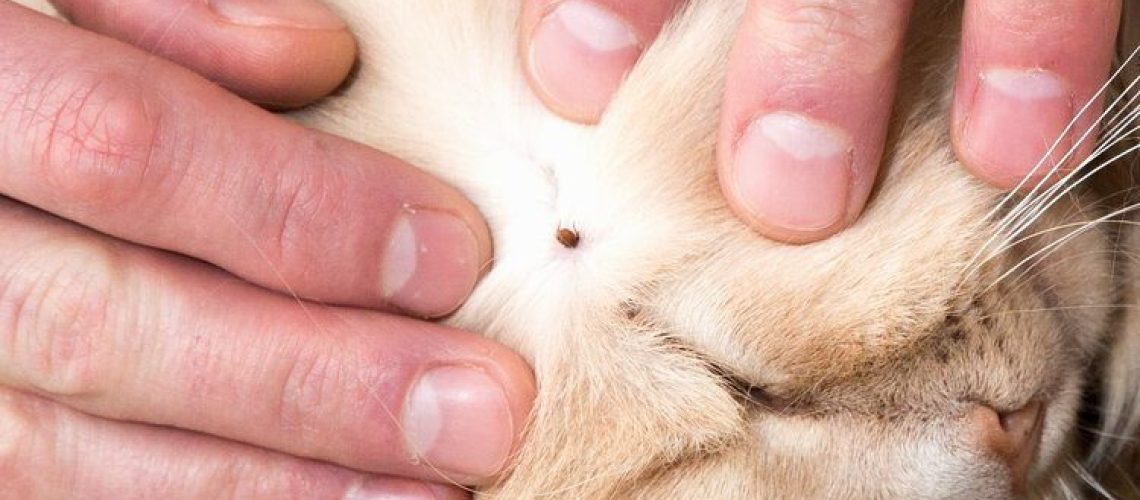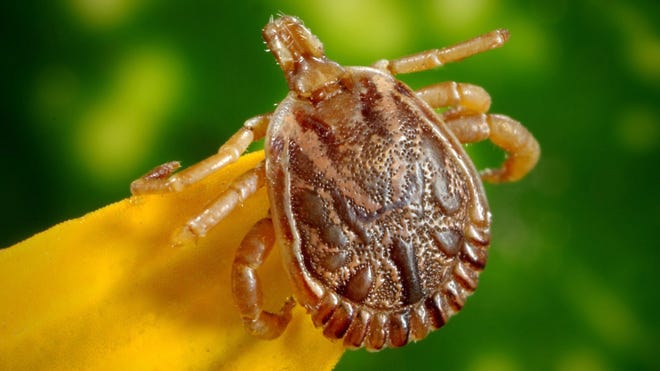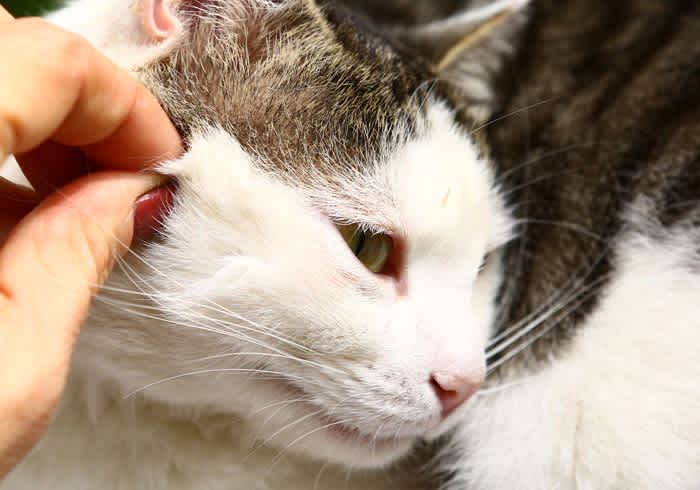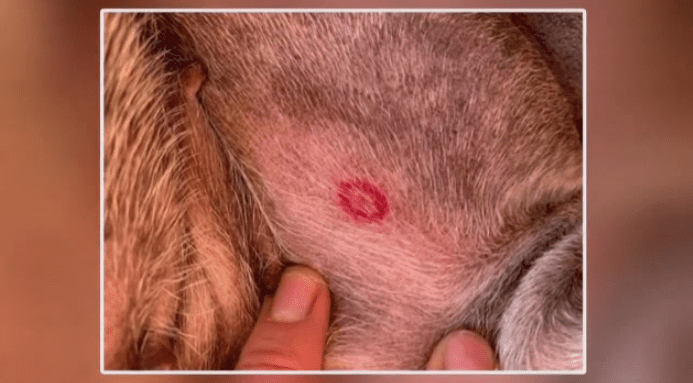Ticks are very common on cats but don’t worry if you don’t find a tick on your cat, it doesn’t mean that your cat is not infected with any disease. We can’t say that ticks are harmful for your cat, but if your cat is not treated with tick removal then your cat may suffer from some diseases.
Removing a tick from a cat should be done with care to minimize the risk of infection or injury. Here are steps to safely remove a tick from a cat:
Tools You'll Need:
- Fine-tipped tweezers or a tick removal tool
- Gloves (optional)
Step-by-Step Guide:
- Prepare the Area: Choose a well-lit and quiet location to perform the tick removal. It's a good idea to have someone help you hold the cat if it's not comfortable with the process.
- Wear Gloves (Optional): If you have disposable gloves, you can wear them to prevent direct contact with the tick.
- Tweezer Placement: Grasp the tick as close to the cat's skin as possible using fine-tipped tweezers or a tick removal tool. Ensure that you have a firm grip on the tick's head.
- Remove the Tick: Slowly and steadily pull the tick straight upward without twisting or jerking. The goal is to remove the entire tick, including its mouthparts, which can be embedded in the cat's skin.
- Dispose of the Tick: Place the tick in a container with rubbing alcohol to kill it. Do not crush it with your fingers, as this can release infectious material.
- Clean the Area: Clean the area where you removed the tick with warm, soapy water or an antiseptic wipe.
- Wash Your Hands: After handling the tick and cleaning the area, wash your hands thoroughly with soap and water.
- Monitor the Cat: Keep an eye on your cat for any signs of infection or irritation at the site where the tick was removed. If you notice any redness, swelling, or unusual behavior, consult a veterinarian.
- Save the Tick (Optional): If you're concerned about potential diseases the tick may carry, you can save it in a sealed container and take it to your veterinarian for identification and testing.
Important Tips:
- Do not use methods like burning the tick or applying substances like petroleum jelly, alcohol, or nail polish. These can irritate the tick and may cause it to release more saliva, increasing the risk of disease transmission.
- Be patient and gentle during the removal process to minimize stress for your cat.
- Regularly check your cat for ticks, especially if they spend time outdoors, and consider using tick prevention products recommended by your veterinarian.
- If you're unsure about removing a tick or if it's deeply embedded, seek assistance from your veterinarian. They can safely remove the tick and provide guidance on tick prevention.
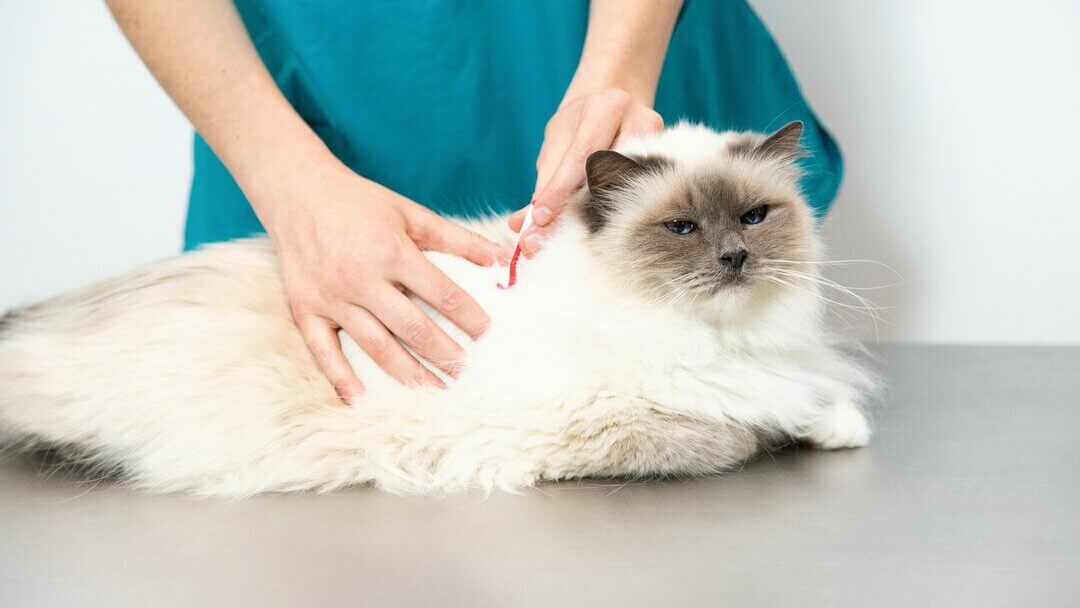
How to remove a tick from a cat?
The first and the most important thing that you need to know is that you need to get the tick off your cat. If you don’t remove it then it will lead to many complications and it will be hard to treat the disease. So, the best way to get the tick off your cat is to put your hand in its mouth.
If your cat bites you then it will leave a mark on your skin and if you don’t remove it then it will spread the disease to your cat.
The second step is to use a tweezers or a needle. It depends on your cat’s age. If your cat is less than 3 months old then you need to use a tweezers or a needle. If your cat is more than 3 months old then you can use a tweezers.
If you want to know the procedure of removing a tick from your cat then follow these steps:
- You need to wash your hands and face with soap and water.
- Now take a tweezers and place it in the middle of the tick and pull it out carefully.
- If you are not sure that you have removed it properly then you can check it again.
- Now, after removing the tick clean your cat’s body with a soft cloth and apply some moisturizer.

Conclusion:
I hope you liked this post about “How to Get a Tick Off a Cat”. I know that some of you have tried these tips, but I am sure that you will like the results. If you have any queries regarding these tips then you can comment below.



